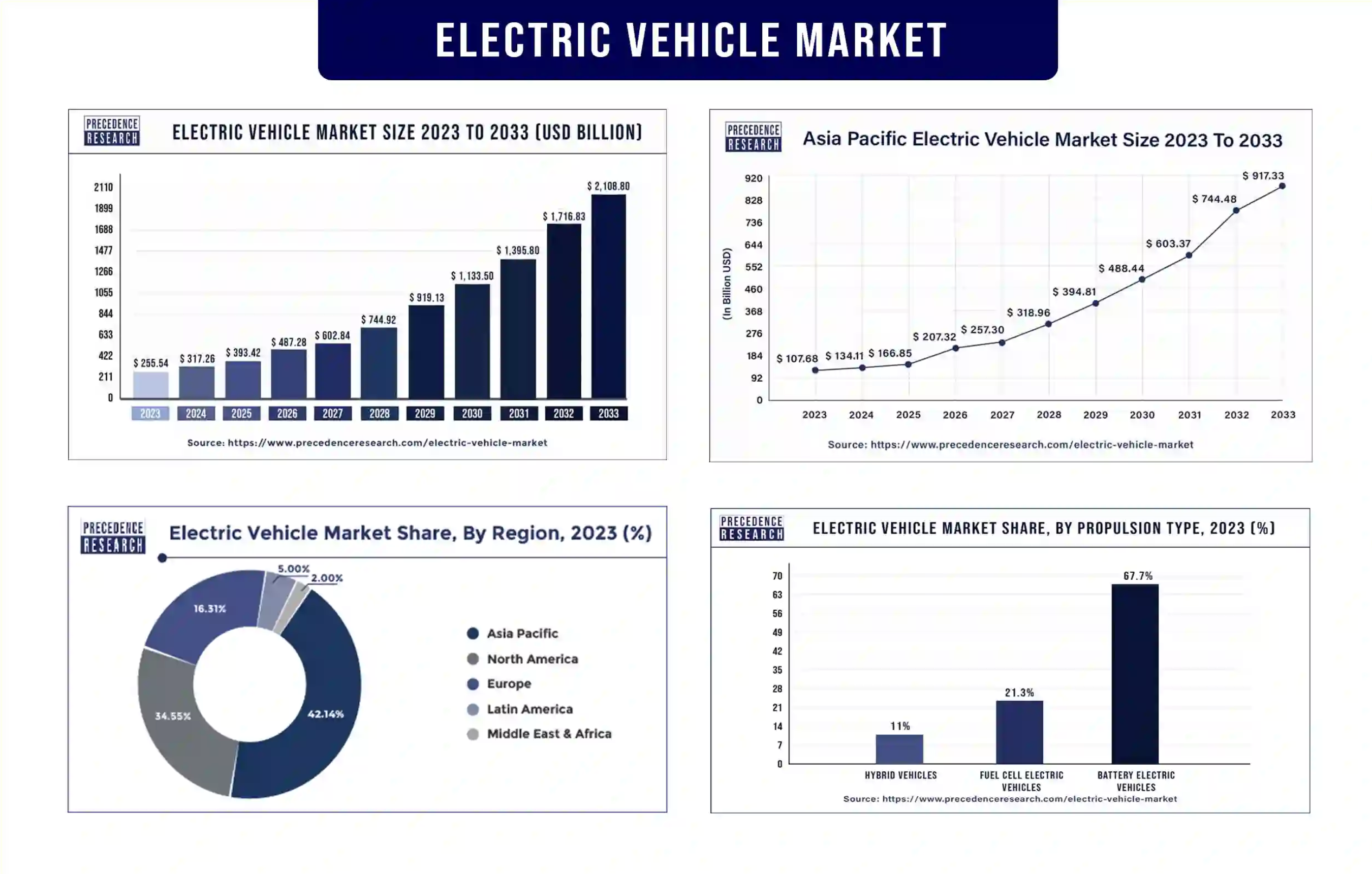Resources & References
Comprehensive collection of data sources, tutorials, and industry insights
Primary Data Sources
Authoritative sources for EV market data and analysis
-
Monthly report on Chinese EV sales, including major brands like NIO, XPeng, Geely, and BYD.
-
Coverage of Chinese automakers achieving record-breaking NEV (New Energy Vehicle) sales.
-
International Energy Agency’s latest analysis of EV market trends, adoption, and infrastructure growth.
-
Interactive database with detailed statistics on Chinese automotive and EV markets.
-
Insights into which automakers are leading the competitive Chinese EV market.
-
U.S. market-focused quarterly sales report tracking EV adoption trends and performance.
General Information Resources
Key resources for understanding EV markets and technology
Battery Technology Guide
Comprehensive overview of lithium-ion, LFP, and solid-state battery technologies driving the EV revolution.
Explore battery techManufacturing Insights
Analysis of EV production methods, supply chains, and the shift from traditional automotive manufacturing.
Learn production strategiesMarket Forecasts
Expert projections for EV adoption rates, market share, and technology trends through 2030 and beyond.
View forecastsGlobal Policy Tracker
Explore the atabase of EV incentives, regulations, and mandates across major markets worldwide.
Track policiesCharging Infrastructure
Public chargers have doubled since 2022 to reach more than 5 million
Understand chargingCost Analysis Tools
The TCO provides a way to calculate, and then fairly compare, the costs of owning and operating a vehicle over a period of time.
Calculate costsTutorials & Guides
Step-by-step guides for analyzing and understanding EV market data
How to Analyze EV Market Data
Learn to interpret sales figures, market share, and growth trends in the EV industry.
-
1
Understand the difference between BEV, PHEV, and EREV technologies
Begin by distinguishing among battery electric vehicles (BEVs), plug-in hybrid electric vehicles (PHEVs), and extended-range electric vehicles (EREVs). A precise understanding of these categories is essential for accurate market segmentation.
-
2
Identify reliable data sources for your target markets
Select authoritative and transparent data sources to ensure the credibility of your analysis. Reliable information forms the foundation for meaningful comparisons across regions.
-
3
Calculate market share and year-over-year growth rates
Quantify performance by determining each segment's market share and tracking changes over time. These calculations highlight both growth trajectories and competitive positioning.
-
4
Account for seasonal variations and policy impacts
Incorporate the influence of seasonal demand cycles and government regulations into your analysis. Recognizing these external drivers allows for a more accurate interpretation of sales fluctuations.
-
5
Create meaningful comparisons across markets and segments
Compare results across regions, technologies, and consumer groups to reveal key differences in adoption. These insights will help identify emerging opportunities and long-term industry trends.
Expected growth of Global EV Sales

EV Industry Glossary
Essential terms and definitions for understanding the global electric vehicle market